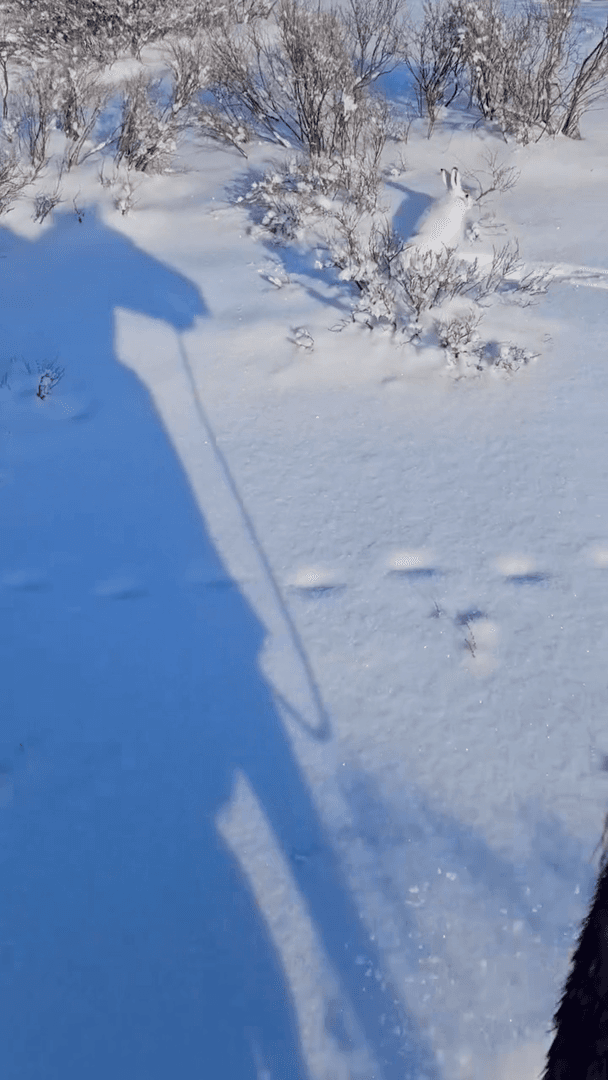
Hunting in the LAURENTIDES, Quebec: Explore the Local Wildlife and Hunting Seasons of the Region, Clubs, Laws and Demographics The Laurentides region of Quebec, Canada, is a hunter’s paradise, offering a perfect blend of rugged wilderness, diverse wildlife, and a rich hunting heritage. Located just north of Montreal, this region is renowned for its stunning landscapes, from rolling hills and dense forests to pristine lakes and rivers. Whether you’re a seasoned hunter or a beginner, the Laurentides provides an unforgettable hunting experience steeped in tradition and natural beauty. Geographical and Natural Features of the Region The Laurentides region is characterized by its vast boreal forests, mixed woodlands, and numerous lakes and rivers. The Laurentian Mountains dominate the landscape, providing a challenging yet rewarding terrain for hunters. The region’s diverse ecosystems support a wide range of wildlife, making it one of Quebec’s most sought-after hunting destinations. Prot
Post: 11 June 11:30














































